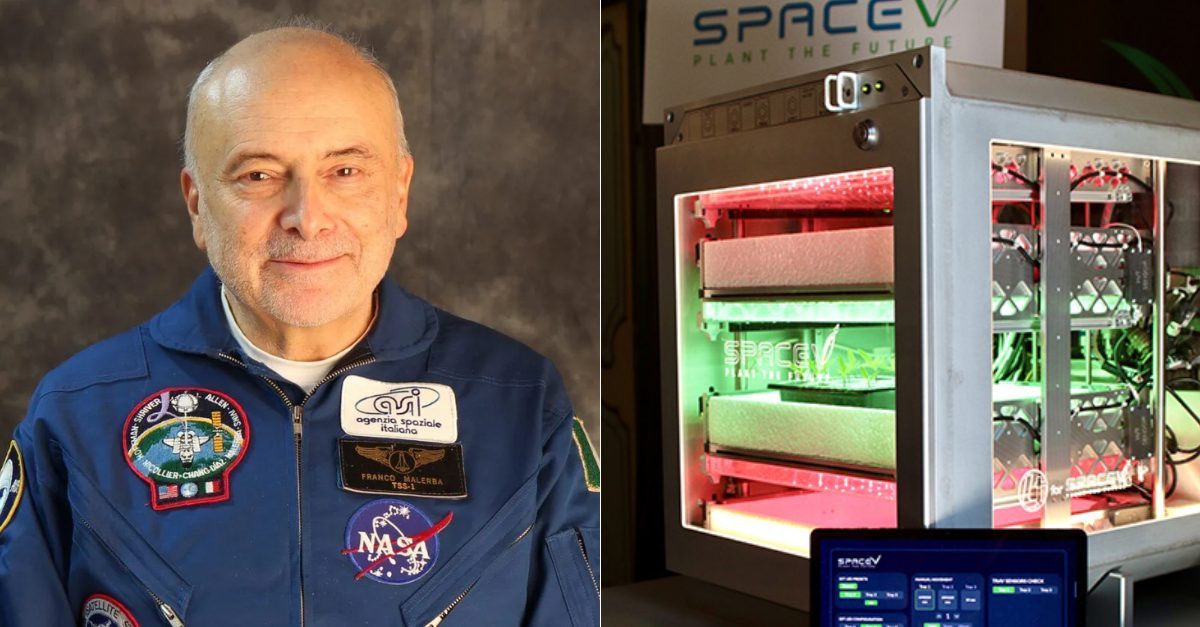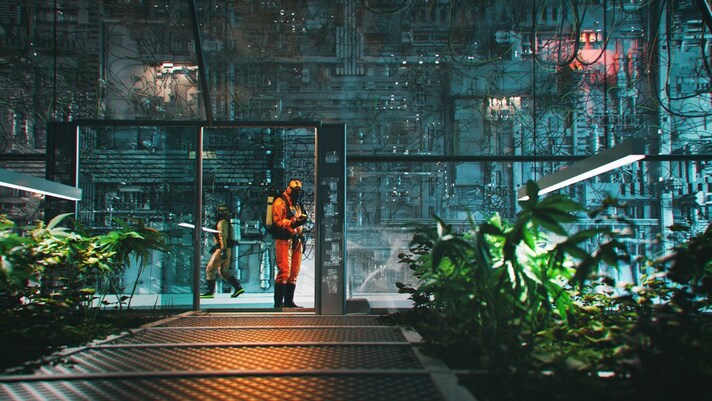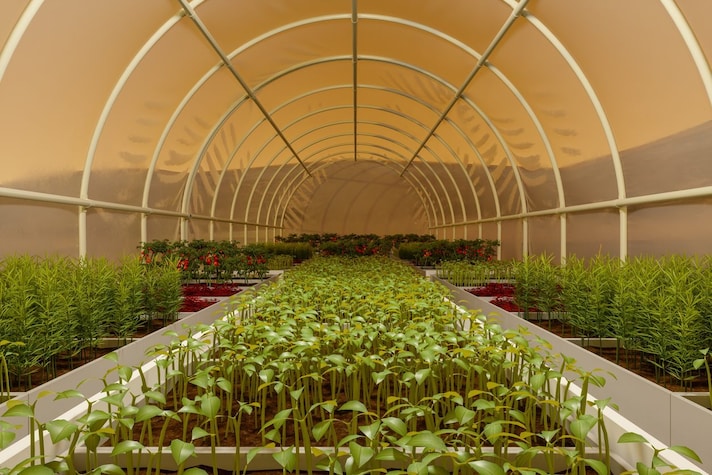;)
Fresh fruit and vegetables in space: it will soon be possible. In a few years, human presence in space (and on the Moon) will be practically a constant. This is confirmed by the 2017 Artemis Program which, among its objectives, has set itself the goal of making the Moon a fixed scientific research territory to be explored in all ways. A program that is based on the Apollo missions but with more advanced technologies and a more sustainable and collaborative approach to the exploration of deep space. And if up until now all astronauts who have completed space missions have eaten freeze-dried, dehydrated, thermostabilized food and devoid of fresh vitamins, thanks to Space V eating in space will be totally different.
Who is Franco Malerba, Creator of Space V?
Founder of Space V in collaboration with the University of Genoa, Franco Malerba was the first Italian to land in space: on July 31, 1992, during the Sts-46 mission, which saw NASA and ASI (Italian Space Agency) collaborating together. Thanks to Malerba's project, it will be possible to double the production yield of fruit and vegetables in space. So, basically, how does Space V work? Compared to vertical greenhouses, production will increase by 108% up to 135% and with an energy saving of 43%.

So if in a few years the presence of man on our satellite will be fixed, the goal of the startup, presented at the Euroflora in Genoa, is to produce food that allows to remain in space longer and therefore the opportunity to accept longer missions. Interviewed by Wired, Franco Malerba explained that the demand for fresh food, useful for the health and nourishment of astronauts, is growing more and more.
What is Space V and How Will It Work?
The name of the technology patented by Space V is AVF (Adaptive Vertical Farm), a dynamic multi-storey structure in which it will be possible to double or triple the production yield of a traditional vertical greenhouse. "A compact greenhouse like this – explains Malerba – with such a high yield is an advantage. In this way, the layer near the plant is conditioned, bringing the shelves closer together when the plant has just been sown. This reduces the amount of energy needed for its growth. Each shelf will have a type of cultivation: cherry tomatoes, rocket and so on, the on-board menu will be more varied. Each shelf will be equipped with an independent micro-conditioning system".

The astronaut explains that there will be no tall plants but relatively small ones, reflecting on what could be the trend of "micro vegetables". These are plants destined to grow a lot but are harvested in the embryonic stage, when they have just developed the first leaves, rich in antioxidant materials. Many scientists are studying the project: it has been discovered that the type of light, color and intensity are important elements that allow plants to have a greater intake of vitamin C.
"There is also a psychological aspect to our project," explains Franco Malerba, "the astronauts are far away and isolated from Earth and home, they miss nature. Having plants available is good for the spirit. Being in contact with plants on board means not only having healthy food, but also giving astronauts the opportunity to do pleasant activities."
;Resize,width=767;)
